The 5 Robotics Trends In 2026 You Must Get Ready For Now
4 November 2025
In 2026, AI is increasingly entering the physical world. Rather than being confined to software and apps running on our computers and phones, it will share our lives with us in the form of physical robots, autonomous vehicles and the industrial internet.
Tech giant Amazon, for example, is betting that its investment in robotic co-workers will generate efficiency savings in the near term, in order to offset huge upfront investments in AI, which might not pay off until later in the decade.
And with self-driving vehicles, care and companionship robots, and even terrifying automated weapons in various stages of development and use, physical AI will be a far more visible part of life in 2026.
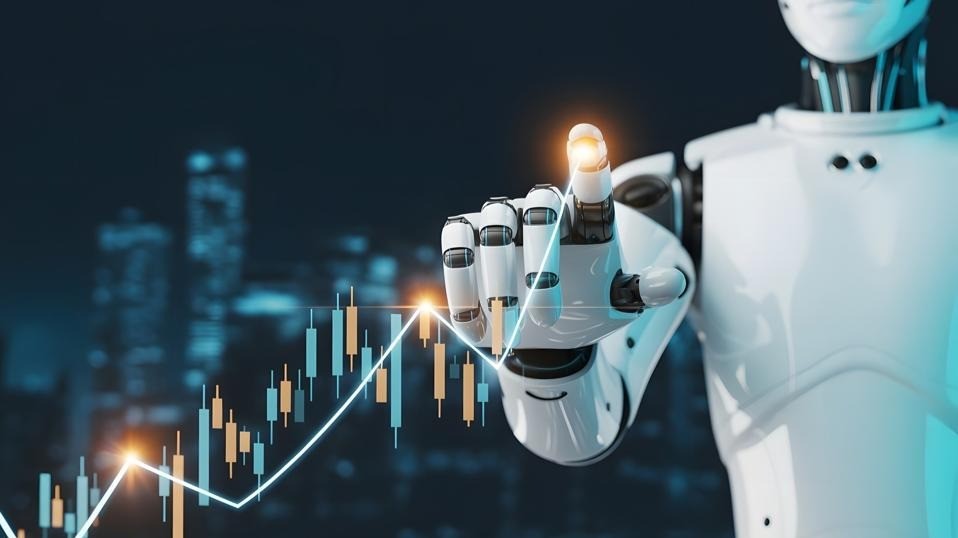
So here’s a rundown of what I believe will be the biggest and most significant trends in this rapidly developing field of technology over the next 12 months.
1. Humanoid Robots
When we hear the word “robot”, many of us still instinctively think of the human-like “androids” that are a common staple of science fiction, like Star Wars’ C3P0 or Star Trek’s Data. In reality, robot form factors are usually more fitted to specific jobs they’ve been designed for; think automated vehicles for deliveries, mobile lifters for warehouse work, and robot arms for production line and assembly work.
In 2026, this is starting to change, as humanoid robots become an increasingly common sight in workplaces, healthcare settings and maybe even homes.
This shift isn’t surprising—humanoid forms are far more complex to animate than more basic machines, and controlling them requires sophisticated AI that’s only recently becoming available. But they are also more flexible, adaptable and general-purpose—part of the reason humanoid animals have been so successful from an evolutionary point of view. This is the reason humanoid will be the form factor of choice as machines become capable of leveraging AI in increasingly generalized ways, in order to carry out many different tasks rather than simply specializing in one.
2. Cobots In The Workplace And Home
Cobots, short for collaborative robots, are machines designed to share spaces or work side by side with human workers. In recent years, they’ve become an increasingly common sight in high-tech industrial settings, carrying out manufacturing and logistics tasks. But as technology matures and prices drop, in 2026, they're becoming an increasingly viable option for small and medium-sized businesses too.
The market for cobots is predicted to reach almost $30 billion by 2035, and in industrial settings, it will be common to see them serving food and drink, for example, in the recently opened Tesla Diner, cleaning public spaces, and even providing companionship to the elderly and housebound.
3. Robotaxis
Fully autonomous cars have been a flagship promise of AI for some time, and some predictions about their arrival have proven to be over-optimistic. However, one area where there has been considerable progress is the development and deployment of robotaxis. In 2026, it’s likely that more people than ever will experience being chauffeured around town without human intervention.
Residents of cities including San Francisco, Phoenix and Austin in the US, as well as Beijing, Wuhan and Chongqing in China, and Abu Dhabi in the UAE, already have operational services in their cities. And plans have been announced to roll out trials or operational services in many other locations in 2026, including Dubai, Europe and South Korea.
It may still be some time until governments are ready to let us own our own self-driving cars. But companies that are able to show they can operate them safely as fleets will be making them a part of everyday life in the coming year.
4. Robots In Construction And Engineering
While industry is starting to come to terms with the impact of AI on work involving information and customer service, there’s still less clarity over how it will impact manual work and trades. This is particularly true of tasks that involve high levels of physical dexterity, like construction, plumbing and engineering. This could be changing, however, as the sector gets to grips with the potential of breakthroughs like the bricklaying robot Hadrian X, and Baubot MRS15, which drills holes to install cabling and plumbing. It could soon become common for robots to be used in tasks such as surveying, inspection and demolition, as well as to reduce the risks involved with exposing humans to hazardous conditions. With one study finding that construction-focused robots can potentially reduce the repetitive workload of humans by 25 to 90 percent, while cutting the time spent on hazardous tasks by 72 percent, in 2026, we could see a steady growth in real-world use cases.
5. Robotic Warfare Heats Up
Ukraine has redefined the face of modern conflicts in many ways, from the dominance of drones on the battlefield to cyber warfare. Perhaps the most chilling development, however, is the emergence of battlefield robots and automated weapons. Robot dogs are used for reconnaissance and logistics support, while automated machine guns have the capability to distinguish between allied and enemy forces. The US military’s Replicator initiative, designed to enable it to rapidly scale up its firepower in the event of war, is focused on the development and manufacture of automated weapons systems, including AI-piloted drones and uncrewed assault boats. And during this year’s military parades, China unveiled autonomous underwater drones, lasers and robot wolves, which, unlike the “dogs” operated by Ukraine, are reportedly capable of hunting and attacking enemy soldiers.
As 2026 unfolds, the shift from digital to physical AI represents one of the most transformative technological changes of our generation. Whether in factories, on city streets, or even on battlefields, robots and autonomous systems are moving from experimental concepts to everyday reality. Organizations and individuals must prepare for a world where AI doesn't just process information on screens but actively shapes our physical environment through increasingly capable machines.
Related Articles
Flying Taxis And Self-Driving Trucks Arrive In 2026: 6 Transport Trends To Watch
By now, “smart” versions exist of just about every home appliance, gadget and gizmos we can think of. However, manufacturers continue[...]
Technology in Action: My Key Takeaways on How AI and Quantum Are Accelerating Global Transformation
By now, “smart” versions exist of just about every home appliance, gadget and gizmos we can think of. However, manufacturers continue[...]
The 10 Biggest Consumer Technology Trends Of 2026
By now, “smart” versions exist of just about every home appliance, gadget and gizmos we can think of. However, manufacturers continue[...]
8 AI Ethics Trends That Will Redefine Trust And Accountability In 2026
By now, “smart” versions exist of just about every home appliance, gadget and gizmos we can think of. However, manufacturers continue[...]
The 7 Banking And Fintech Trends That Will Define 2026
By now, “smart” versions exist of just about every home appliance, gadget and gizmos we can think of. However, manufacturers continue[...]
The 8 Biggest Healthcare Technology Trends To Watch In 2026
By now, “smart” versions exist of just about every home appliance, gadget and gizmos we can think of. However, manufacturers continue[...]
Sign up to Stay in Touch!
Bernard Marr is a world-renowned futurist, influencer and thought leader in the fields of business and technology, with a passion for using technology for the good of humanity.
He is a best-selling author of over 20 books, writes a regular column for Forbes and advises and coaches many of the world’s best-known organisations.
He has a combined following of 4 million people across his social media channels and newsletters and was ranked by LinkedIn as one of the top 5 business influencers in the world.
Bernard’s latest book is ‘Generative AI in Practice’.

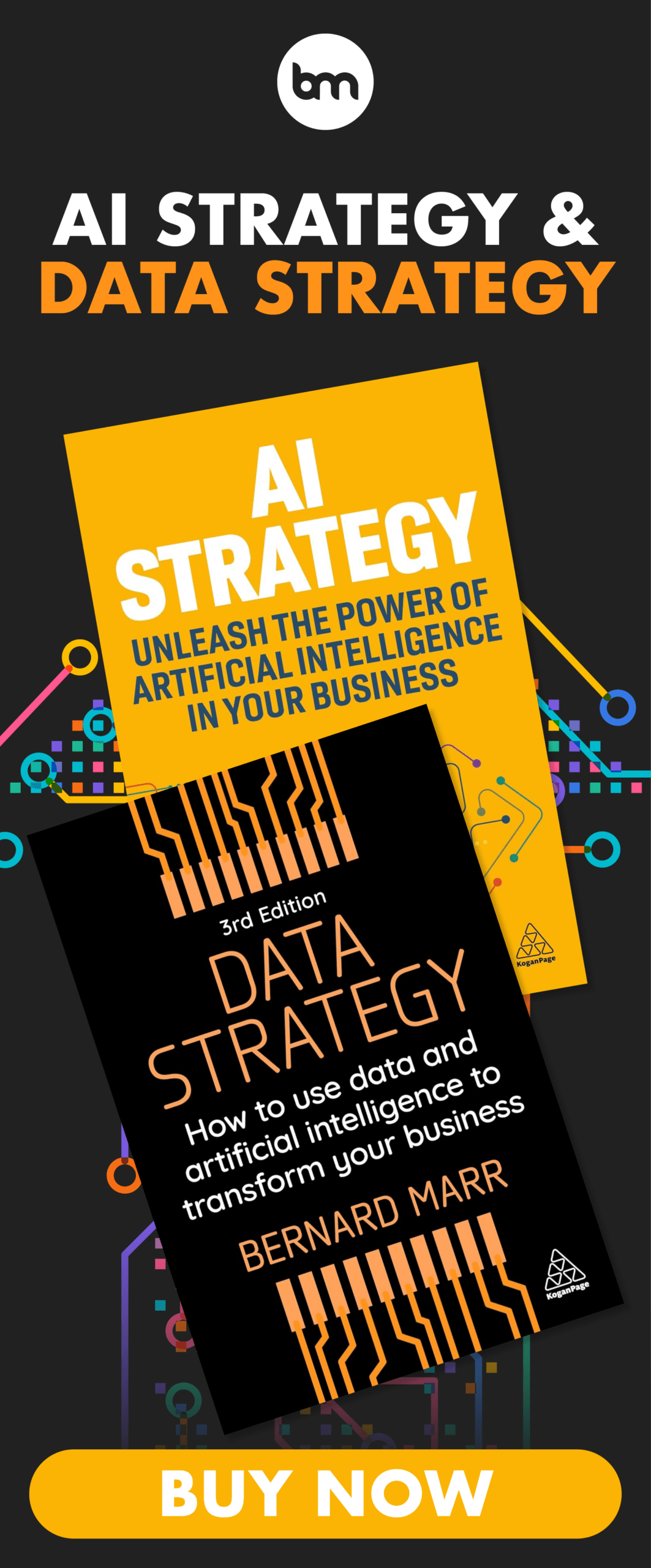


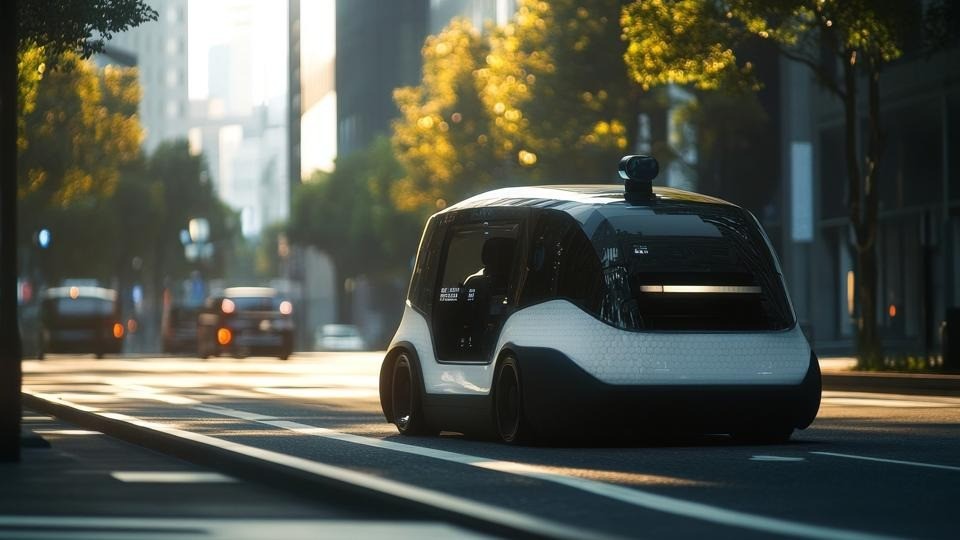
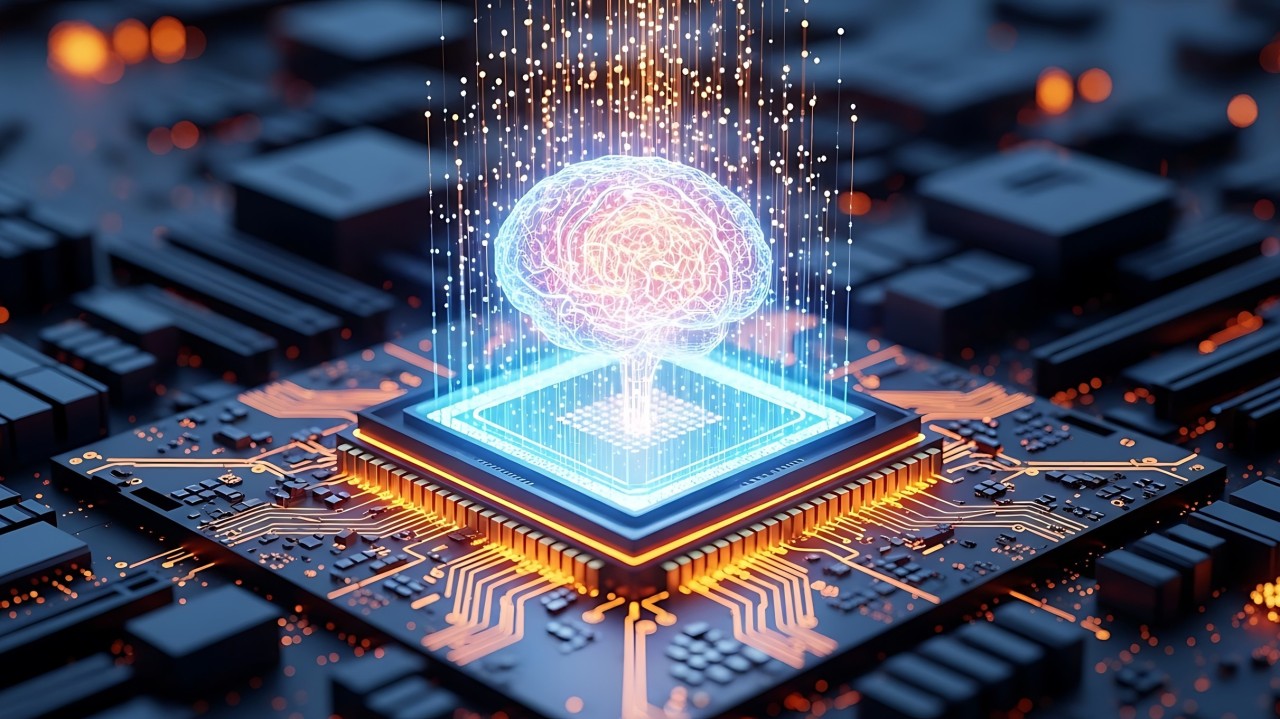
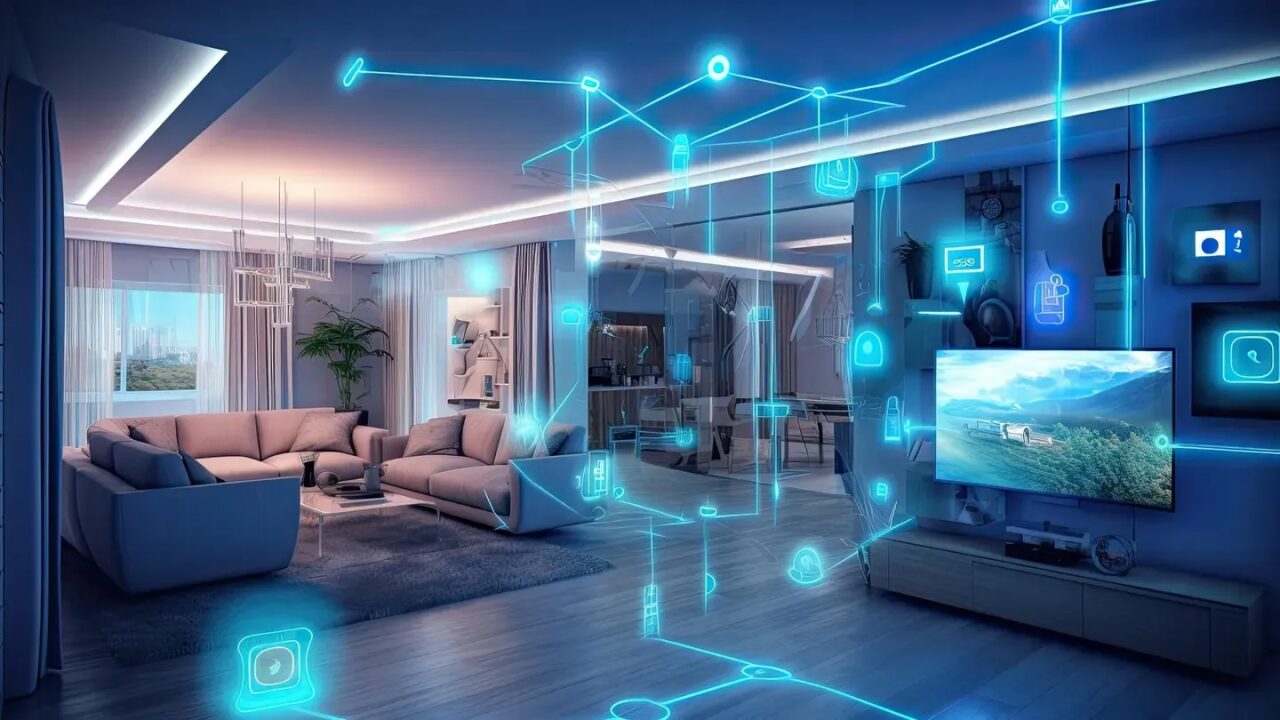



Social Media